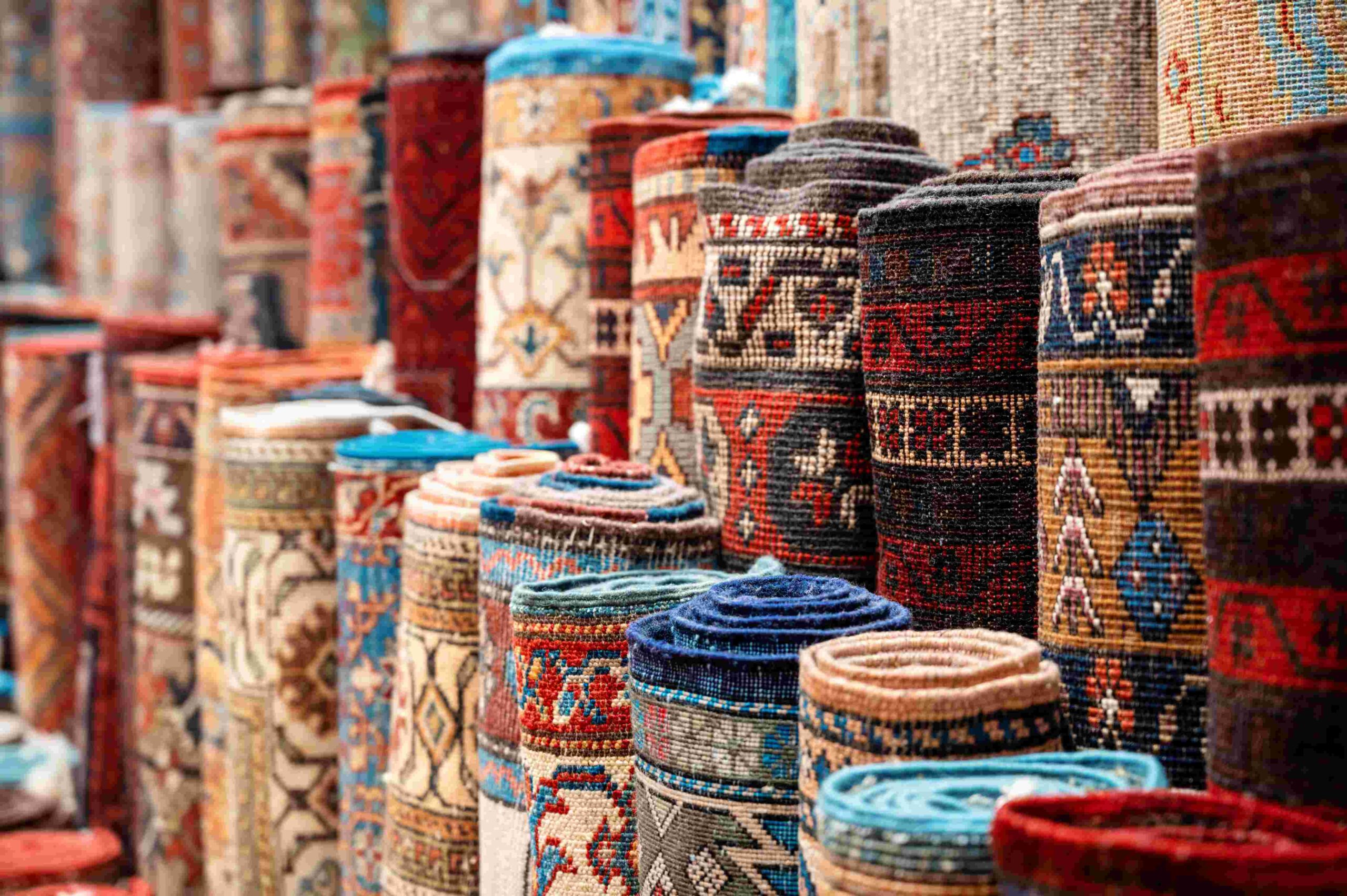When it comes to getting a new suit or dress made, many people get confused between “bespoke” tailoring and regular tailoring. Both offer custom-made clothing, but the approach, process, and result can be quite different. In this blog, we will take a closer look at what makes a bespoke tailor different from a regular tailor, and why someone might choose one over the other.
What Is a Bespoke Tailor?
A bespoke tailor is someone who creates a garment that is entirely designed and made for an individual customer. The term “bespoke” means that the clothing is made to the customer’s exact specifications, from scratch. Everything about the suit or dress is customized, from the fabric to the fit, and the overall design. Bespoke tailors offer a level of personal attention and craftsmanship that you simply can’t get with regular tailoring.
What Is a Regular Tailor?
On the other hand, a regular tailor is someone who typically works with ready-made garments or makes alterations to existing pieces of clothing. Regular tailors might adjust the fit of a pre-made suit, hem a pair of trousers, or add a few tweaks to an existing design. While they provide a great service for getting clothes that fit you better, they usually don’t create garments from scratch the way bespoke tailors do.
Note: Bespoke tailors in Dubai offer high-end, custom-made clothing, providing personalized designs, luxurious fabrics, and a perfect fit tailored to each individual’s unique style and preferences.
Key Differences Between Bespoke Tailors and Regular Tailors
To better understand the differences, let’s look at the details that set bespoke tailoring apart from regular tailoring.
The Process: Bespoke vs. Regular Tailoring

1. The Initial Consultation
Bespoke Tailoring
When you visit a bespoke tailor, the process begins with an in-depth consultation. The tailor will talk with you about your needs, preferences, and the style of clothing you want. This discussion is crucial because it helps the tailor understand exactly what you’re looking for in terms of design, fit, and comfort. You may also discuss fabric options, colors, patterns, and other personal touches, such as unique buttons or embroidery.
Regular Tailoring
With a regular tailor, the process usually begins with bringing in a ready-made garment for alteration. This might involve a simple adjustment like shortening sleeves or letting out seams. While you still have some input in the process, the main goal is to make the garment fit better, rather than creating something entirely new.
2. Measurements and Fit
Bespoke Tailoring
One of the most important parts of bespoke tailoring is the measurement process. A bespoke tailor will take a series of precise measurements of your body. These measurements are not just for the waist or chest but include details like the distance between your shoulder blades, the width of your back, and the length of your arms and legs. This level of attention ensures that the garment fits your body perfectly.
Often, the tailor will also take posture and body shape into account. Bespoke tailoring focuses on creating a unique fit for your body type, so you can expect a suit or dress that is flattering and comfortable in all the right ways.
Regular Tailoring
A regular tailor may also take measurements, but the focus is typically on adjusting a pre-made garment. While this will improve the fit, it doesn’t involve as much personalized attention. The alterations may not take your body shape into account as deeply as bespoke tailoring does, and it can sometimes result in a garment that doesn’t fit as well as it should.
3. Fabric Selection
Bespoke Tailoring
When you work with a bespoke tailor, you have a wide variety of fabrics to choose from. Bespoke tailors often have access to exclusive fabric collections that aren’t available in ready-made garments. Whether you’re looking for luxurious wool, fine cotton, or a unique blend of materials, the choice is entirely up to you.
The fabric is one of the most important aspects of bespoke tailoring because it not only affects the look and feel of the garment but also its durability and comfort. A bespoke tailor will guide you through the selection process, helping you pick the best fabric for your needs and style preferences.
Regular Tailoring
With regular tailoring, the fabric choice is usually limited to what is available in the pre-made garment. If you need to make changes, the tailor will work with the fabric already chosen for you. There is far less customization involved when it comes to selecting the material, so the final product may not be as unique or luxurious as a bespoke creation.
4. Design and Style Customization
Bespoke Tailoring
Bespoke tailoring allows for full customization of the design. From the collar style to the pockets and even the stitching, everything can be personalized. If you have a specific idea in mind for how you want your suit or dress to look, a bespoke tailor can bring it to life. They often work with you to refine the details of the design, ensuring that the final garment matches your vision.
You can also add personal touches such as embroidered initials, special linings, or unique buttons. Everything is created with your exact tastes in mind, giving you a truly one-of-a-kind piece of clothing.
Regular Tailoring
With regular tailoring, your ability to customize is more limited. Most of the time, the design is fixed, and the tailor’s job is to make it fit better. You may be able to adjust things like sleeve length or pant width, but you can’t change the overall structure or design of the garment.
5. Time and Commitment
Bespoke Tailoring
Bespoke tailoring is a time-intensive process. Creating a bespoke garment can take several weeks or even months, depending on the complexity of the design and the tailor’s schedule. This extended time allows the tailor to craft each piece with precision, ensuring that every detail is perfect.
For many, the time commitment is worth it for the level of craftsmanship and attention to detail that goes into a bespoke garment.
Regular Tailoring
Regular tailoring tends to be much quicker. Since the garment already exists, the tailor’s job is simply to make adjustments or repairs. Depending on the extent of the alterations, you can usually expect the garment to be ready in a matter of days rather than weeks.
6. Price Differences
Bespoke Tailoring
Bespoke tailoring comes with a higher price tag. This is due to the time, effort, and expertise required to create a custom garment. The use of high-quality materials and the amount of work that goes into each piece contribute to the cost. However, many people consider it to be an investment in both quality and style.
Regular Tailoring
Regular tailoring is generally much more affordable because it doesn’t involve the same level of customization or craftsmanship. The cost will depend on the type of alterations being made, but it’s usually much cheaper than bespoke tailoring.
7. Craftsmanship and Quality
Bespoke Tailoring
Bespoke garments are crafted by highly skilled professionals who specialize in tailoring. These tailors have years of experience and are experts in their craft. The result is a garment that is not only beautifully made but also durable and well-constructed. Every stitch is carefully placed, and the overall quality is unmatched.
Regular Tailoring
While regular tailors are also skilled, the level of craftsmanship is typically not as high as bespoke tailoring. Since they work with pre-made garments, they are more focused on alterations than the actual creation of the garment. The quality of the finished piece depends on the original garment, which may not be as high-end as a bespoke creation.
Conclusion: Which Option Is Right for You?
Both bespoke tailors and regular tailors offer valuable services, but the right choice depends on what you’re looking for. If you want a truly customized, high-quality garment that is tailored to your exact specifications, a bespoke tailor is the best choice. The process may take longer and cost more, but the result is a one-of-a-kind piece that fits you perfectly.
On the other hand, if you need a quick adjustment to an existing piece of clothing, a regular tailor can help you get the job done at a more affordable price. While regular tailoring might not offer the same level of customization, it’s a great option for simple alterations or repairs.
No matter which option you choose, the key is finding a tailor who understands your style, preferences, and needs. Whether it’s bespoke or regular tailoring, the right fit can make a world of difference in how you look and feel in your clothes.
For more insightful articles related to this topic, feel free to visit kyalu.in
Also Read
- ► The Complete Manual for Utilizing a YouTube MP3 Converter
- ► 13 Careers You Can Pursue with German
- ► Can FortiGate-101F Help Prevent Zero-Day Attacks on Your Business Network?
- ► Nippon India Growth Fund: Wonderful way to make Wealth
- ► Sustainable Green Villas for Sale in Dubai
- ► Turn Your Silver into Wealth: A Comprehensive Guide to Selling Silver for Cash
- ► How FortiGate-60F Provides Full Visibility into Network Security Threats
- ► How to Maximize the Value of FortiGate-60F for Your Business’s Network
- ► Know about manchester airport t1 multi storey parking
- ► How to Build a Professional Network During Your MA Studies
- ► Top IT Jobs You Can Land with a CCA Certificate
- ► How Do I Choose a Flight Booking Website
- ► Why Do People Wear Tracksuits When Working Out?
- ► Unlock Instant Value: Sell Your Silver for Cash Today!
- ► Essentials Hoodie Inspiring Confidence and Empowerment





